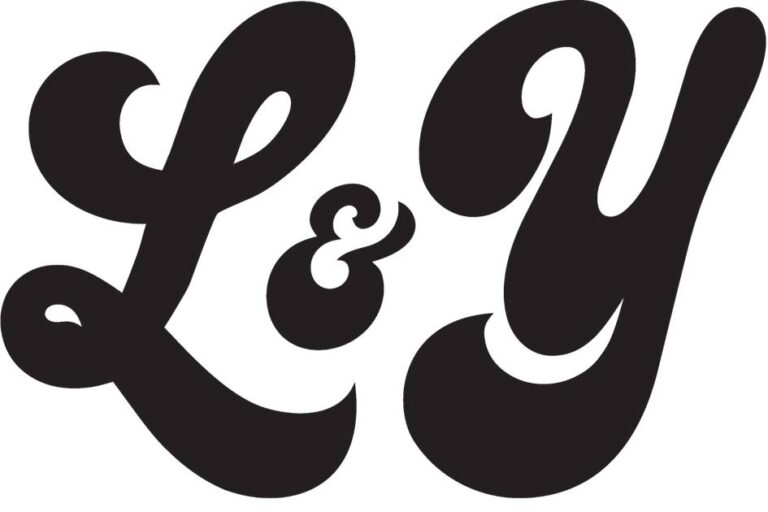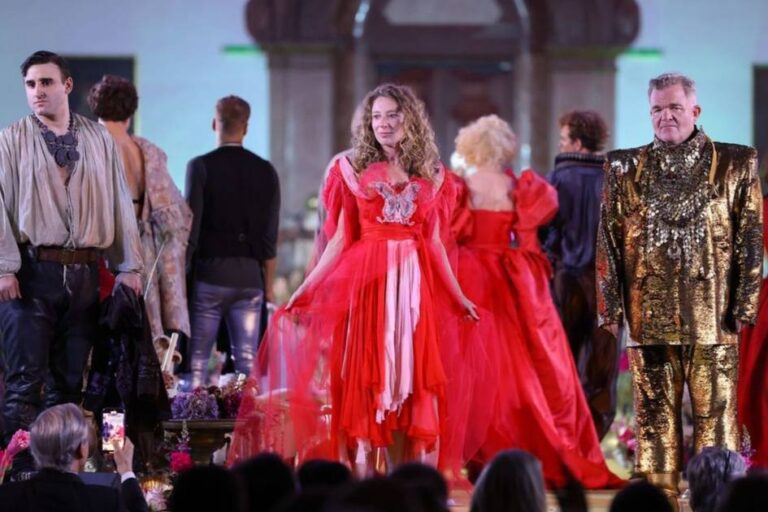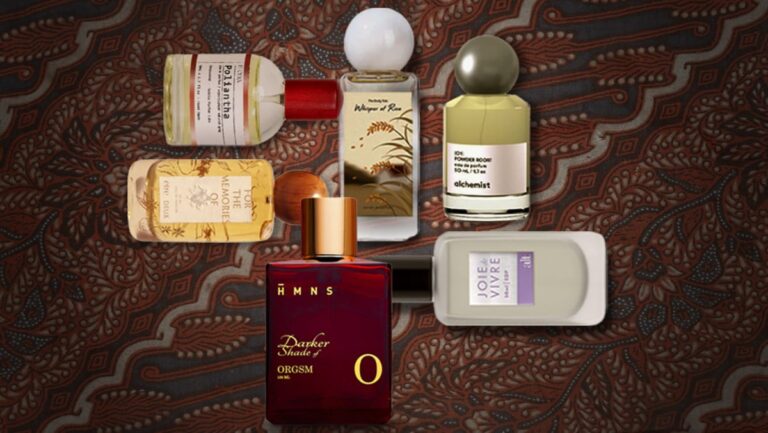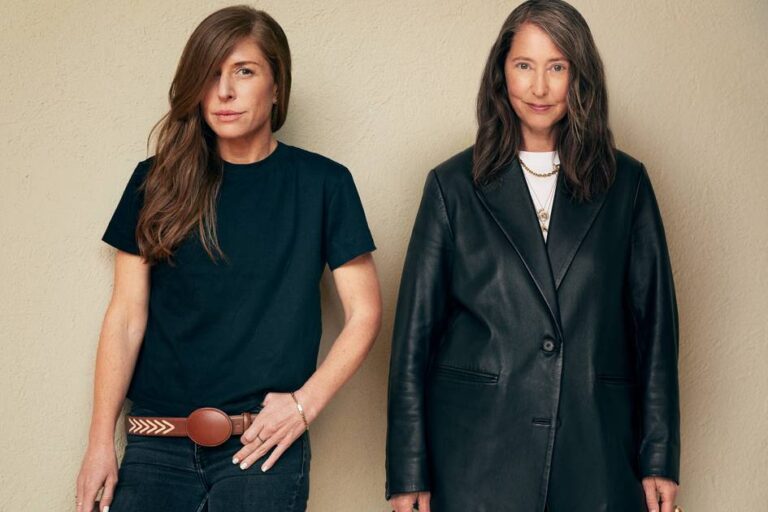Norwegian Fashion on the Rise: Designers Embrace Confidence and Excellence
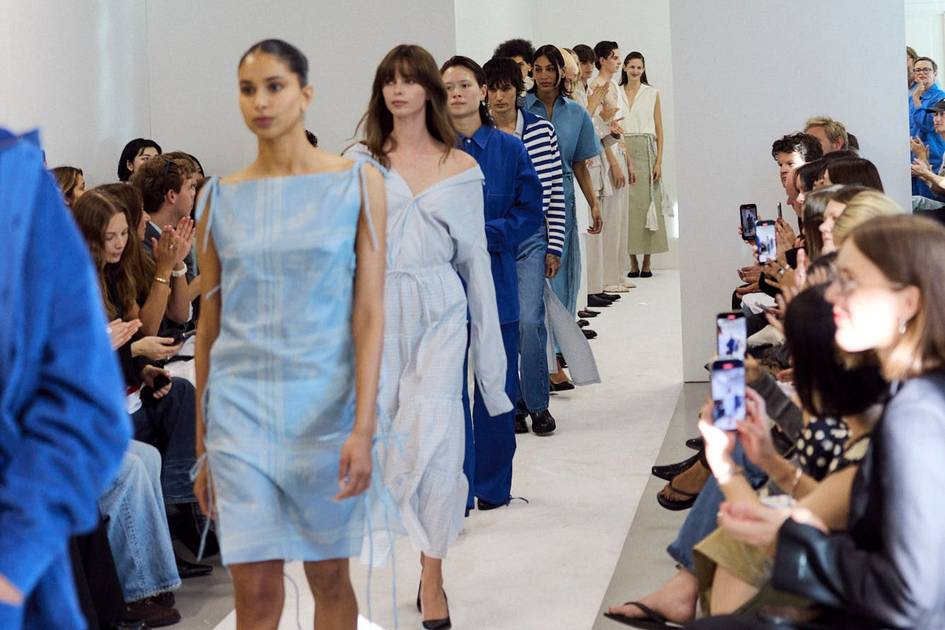
Beyond just a fashion event, Oslo Runway 2025 showcased the essence of Norwegian culture. Spectacular shows unfolded in the city’s most stunning venues. Models from Pearl Octopuss.Y graced the halls of the Munch Museum, pausing to appreciate the artwork. Meanwhile, Josephine Studio presented its jewelry on a boat, surrounded by the beautiful blue waters and scenic fjords. The event brought Oslo’s artistic flair to life, featuring live performances, contemporary dance at the National Theatre (Pia Tjelta Studio), and a thought-provoking anti-consumption act by Livid. Visits to the International Library of Fashion and Steen & Strøm, Europe’s oldest department store, highlighted the deep-rooted history reflected in the collections.
“This season, we focused on blending fashion with culture, art, and music, elevating Norwegian heritage, especially in knitting, with a modern interpretation,” said Elin Carlsen, CEO of Oslo Runway.
In alignment with global fashion trends, Oslo Runway is committed to sustainability. The event introduced essential social and ecological standards for collection design and presentation. A noteworthy addition is a comprehensive diversity guide, prompting brands to embrace inclusive casting practices. The Spring/Summer 2026 catwalk showcased models of varied ages, body types, and backgrounds.
Growth and International Expansion of Norwegian Fashion
The appeal of Norwegian fashion and design brands is on the rise. In 2020, the aggregate revenue of the ten leading Norwegian fashion companies amounted to €63 million. Fast forward to 2023, and that figure has surged to €119 million. Significant export markets include Germany, Japan, and South Korea, with an influx of tourists primarily from Asia and the Gulf States.
“International expansion and professional growth are crucial for this progress,” Carlsen remarked. “With a population of only 5.6 million, Norway’s domestic market is too limited for extensive growth. In contrast, London, with 10 million residents, offers nearly double the market size. For Norwegian fashion to make a significant impact, it must transcend borders.”
Notably, in 2023, Holzweiler made its London Fashion Week debut. Carlsen noted that long queues often form outside Tom Wood’s flagship store in Tokyo, which shares a neighborhood with renowned brands like Prada and Comme des Garçons. ByTiMo’s floral creations are now sought after in wardrobes around the globe. Additionally, LVMH’s Luxury Ventures fund made its first investment in Norway in 2024, supporting the Norwegian travel and luggage brand Db in its global endeavors.
With the backing of Innovation Norway and the Norwegian Fashion Hub, Oslo Runway facilitated showrooms in London and Copenhagen this year. Furthermore, the fashion and lifestyle sectors have been identified as pivotal areas in the new National Export Initiative for Norwegian Manufacturing and Design, a government program aiming for a 50% increase in exports by 2030.
Changes in Consumer Attitudes
David Wilkinson, director of Steen & Strøm, notes a professional evolution in the Norwegian fashion landscape. “The divide between runway shows and consumer purchases has significantly narrowed. At Steen & Strøm, we act as a bridge between designers and the public. Many designers find owning a store financially challenging, so we provide them a platform to reach broad audiences while allowing consumers to connect with Norwegian design intimately. Young people, especially, are proudly embracing local labels, a stark contrast to six years prior, when they favored Danish or Swedish brands.”
Kaia Kongsli, marketing head at Promenaden Fashion District, also observes a shift in mindsets. “Norwegian designers have historically strived for identity alongside more established Scandinavian cities, like Copenhagen. They felt pressure to be elaborate, opting for gold and black aesthetics. However, there’s a noticeable boost in confidence among designers recently. Our sales indicate consumers are curious about new styles that reflect personal expression, along with a willingness to spend more on fashion than previous generations.”
Innovative Norwegian Design
Fashion experts point to 2015 as a pivotal year in Norwegian fashion. Sunniva Hartgen, head of fashion at Oslo Runway, shared, “Prior to that, Norwegian fashion was mostly linked to a celebrity-glamour culture, focusing more on who wore it than its cultural significance.”
The introduction of avant-garde designers such as Haik, Anne Karine Thorbjørnsen, and Michael Olestad marked a stylistic evolution. They introduced raw aesthetics that shape today’s fashion language, including the chilly, bunker-inspired look from Envelope1976, led by fashion figure Celina Aagaard, and the subdued uniforms of 1313 Selah, a street-style label co-founded by Tomas Silva, Duy Ngo, and Erik Spanne, which draws inspiration from themes of depression.
The Rise of Individuality in Fashion
Designer Tarinii Martinsen reflected, “Norwegian culture tends to be introspective, promoting the idea that everyone is equal. While Norwegian fashion was historically characterized by utility and simple aesthetics, that’s evolving. Designers now embrace different interpretations of Norwegian heritage, moving towards bolder and more expressive designs.” This shift is also evident in the burgeoning fashion entrepreneurship landscape, according to designer Julie Josephine. She observes an increasing number of vibrant fashion companies emerging: “Traditionally, Norwegians were taught to keep a low profile and not to presume superiority. However, more brands are now embracing ambition, aiming to be the best and establish strong identities—success is celebrated.”
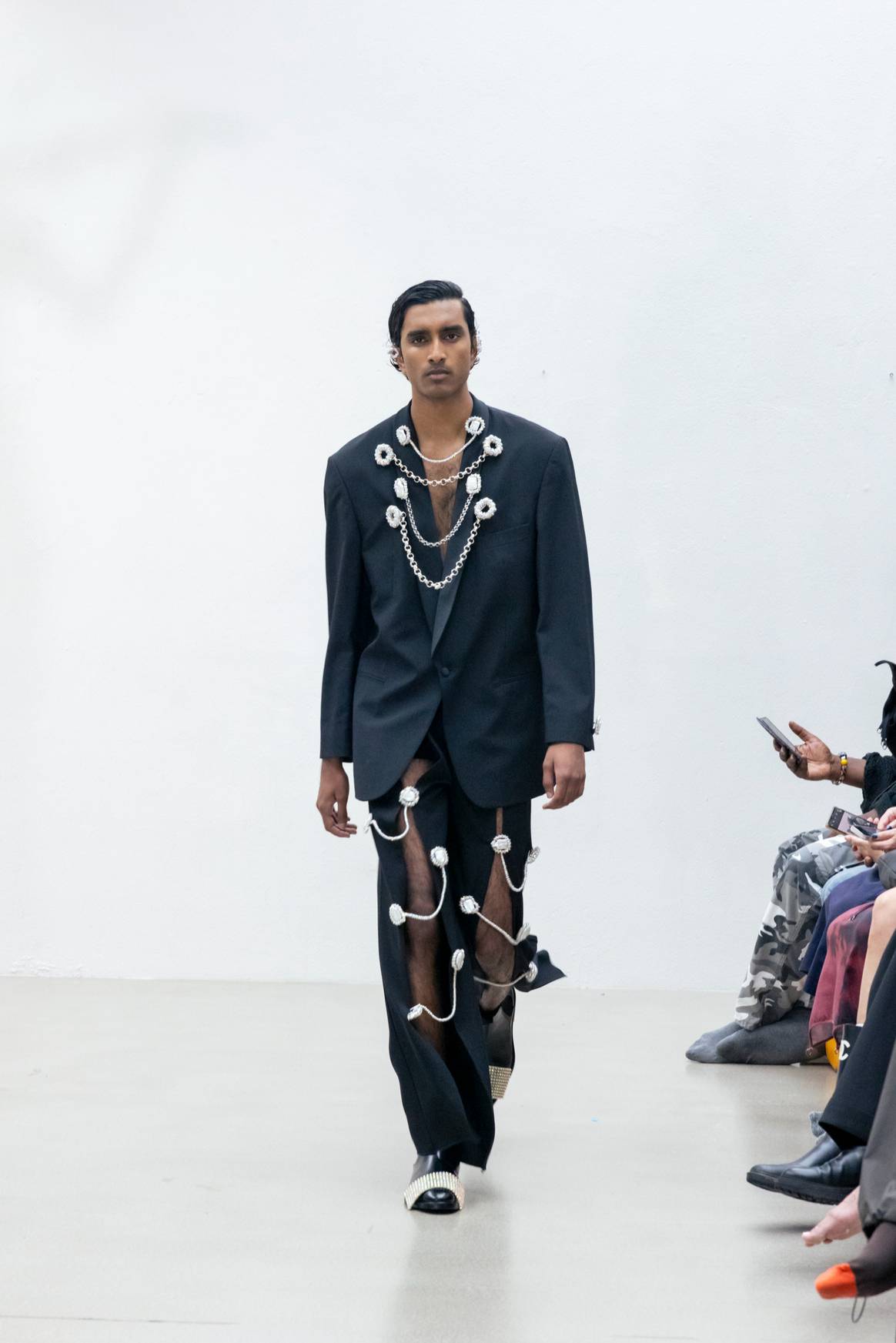
Developing a Fashion Ecosystem
Hartgen notes a positive trend where brands like Woodling and Pearl Octopuss.Y choose to stay in Norway rather than relocating to fashion hubs like Copenhagen or Paris. They actively participate in Oslo Runway, showcasing their collections and connecting with a younger, fashion-forward audience through concept stores like F5 and Moniker.
“While progress has been gradual, I see the fashion scene becoming vibrant and intertwined with our broader culture. Each brand fosters its own community, forming a fashion ecosystem. It’s notable that prominent cultural institutions now acknowledge the relevance of the Norwegian fashion industry, enabling high-profile collaborations, such as with the Munch Museum,” Hartgen added.
Stylist and former deputy director of Oslo Runway, Adam Duong, offers a critical perspective on these developments. “It took time for Norway to establish its presence on the fashion map. Just before the pandemic, we were making strides. However, many established brands have since stepped back, which I find unfortunate. Oslo Runway primarily serves as a launchpad for emerging labels. While Copenhagen recognizes our talents, we still have a long journey ahead to solidify our identity in Scandinavia.”
Craftsmanship in Norwegian Fashion
What sets the Norwegian fashion landscape apart is its network of local producers. Numerous brands produce their items domestically, maintaining craftsmanship that meets luxury sector standards.
This pride extends from a recent chapter in Norwegian history. Gerda Sørhus Fuglerud, CEO of knitwear label Oleana, shared insights: “Before the 1970s, Norway was a modest nation, with textiles, particularly wool, being a critical income source. Innovations today add new dimensions to this legacy. Our factory in Bergen leverages 3D technology, reducing labor hours while ensuring quality and collaborating with emerging design talents. Although we’re not yet profitable, I remain hopeful due to substantial government support.”
Unique material usage shapes the Norwegian industry. Elisabeth Pedersen from ESP highlighted the local transformation of wool into high-quality products. “Norwegian wool is exceptional for outerwear due to its long fibers and weather resistance. It retains warmth, even when wet, and contains more lanolin than other European sheep breeds, providing natural water repellent properties and a lovely sheen.”
Fostering Local Craft in Education
Norwegian fashion schools emphasize techniques and materials, as highlighted by Kari Søreide, a design lecturer at ESMOD. “In the first year, students are required to study natural fibers, as many have grown up around wool. It’s common for children to wear layers from birth, and handicraft skills are taught early on. Wool’s versatility permits a variety of applications, essential for a country like Norway, where the climate demands functional clothing.”
Recent graduate Line Møller-Stray Nissen expressed her passion during Oslo Runway, saying, “Not all students aspire to a career in Norwegian fashion; half my classmates aim for Paris. Yet, there’s a universal appreciation for craftsmanship. The trend of outsourcing has motivated many of us to resurrect local production and craftsmanship. I learned from my father, who still sews clothes—this practice is often found among Norwegians, though knowledge is fading. The decline in fashion schools in Oslo poses a challenge.”
Funding Challenges for Oslo Runway
Oslo Runway applies for governmental funding every year but lacks consistent financial backing. This year’s funding comes primarily from government contributions (50%) and commercial partnerships (40%), with participating brands covering around 10% of the total income through fees based on their revenue. Support also comes from Innovation Norway, the City of Oslo, Visit Oslo, Visit Norway, the Ministry of Foreign Affairs, and Norwegian embassies worldwide.
This article was translated to English using an AI tool.
FashionUnited uses AI language tools to speed up translating (news) articles and proofread the translations to improve the end result. This saves our human journalists time they can spend doing research and writing original articles. Articles translated with the help of AI are checked and edited by a human desk editor prior to going online. If you have questions or comments about this process email us at info@fashionunited.com
